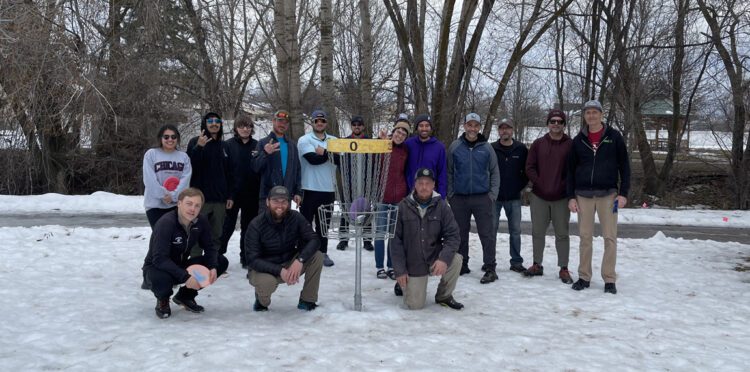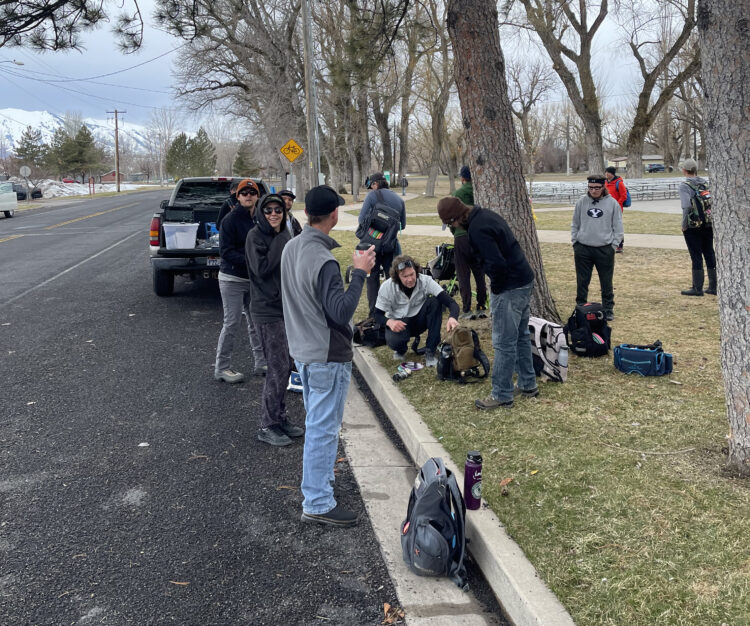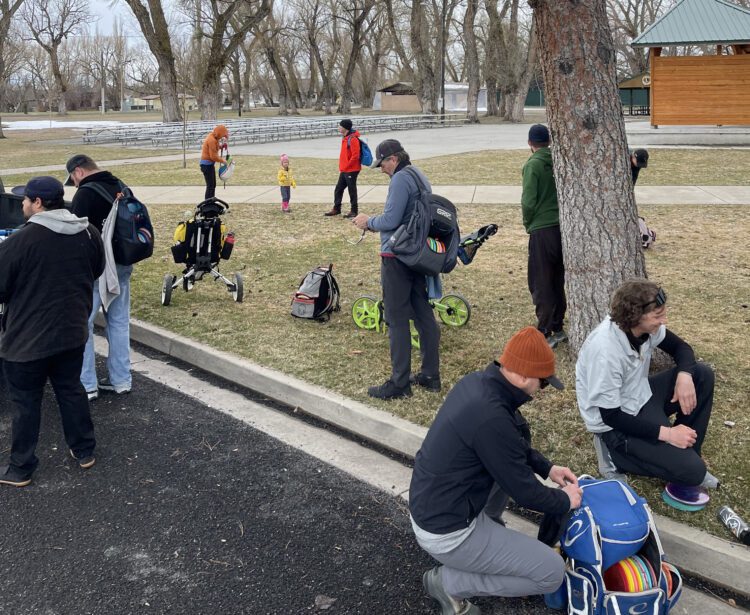How to Start a Disc Golf League

Disc golf has been gaining popularity for a while now, and starting and running a successful disc golf league can be a great way to bring the community together and promote the sport. In this blog, we will discuss the steps you can take to start and run a successful disc golf league, including advertising, costs, locations, and getting the word out.
 Step 1: Determine the Format of the League
Step 1: Determine the Format of the League
The first step in starting a successful disc golf league is to determine the format of the league. Will it be singles, doubles, or a mix of both? Maybe a women-only league? How many rounds will be played, and how many courses will be used? Will there be a handicap system in place? You could put the choices up for vote, or just decide yourself.
Another format question to consider is what divisions you will offer. Since you’ll have players with different skill levels, you’ll want to think about having different divisions so people can be competitive. Consider if divisions for women or juniors will need to be included.
Step 2: Choose a Location
Once you have determined the format of the league, the next step is to choose a location. Look for a course that is easily accessible and has enough space for the number of players you expect to participate. You may also want to consider factors such as parking availability, restrooms, and concessions.
One other thing to think about with the location is how busy the course might be at the time you want to run your league. If you aren’t familiar with the course, either visit it at the day and time you want to run your league, or ask around to find some locals who know the course and can tell you when the course gets busy.
Step 3: Determine the Costs
Running a disc golf league does come with costs, so it is important to determine these upfront. Some costs to consider include league fees, course fees, and prizes. Selling bag tags is a good way to raise money for the league. Another fundraiser option is to run a trophy-only tournament where money is collected from registration fees, but only trophies are given out. Keeping a dollar or two from league registration on a weekly basis is another option to raise funds.
Determining the cost to play at the league is something to figure out in advance. We charge $5, which is all given out to division winners. Our club is located in a city with a University, so we have many students who play in our leagues. Because of that, I started offering a free division. I didn’t want the cost to prevent someone from playing. You don’t win anything in that division, but you can still participate with the club.
Step 4: Advertise the League
Once you have determined the format, location, and costs of the league, it’s time to start advertising. Use social media platforms like Facebook, Instagram, and Twitter to get the word out about the league. You can also create flyers and posters to distribute at local disc golf shops and courses.
 Step 5: Communicate with Players
Step 5: Communicate with Players
As players sign up for the league, it is important to communicate with them regularly. This can be done through email, social media, or a dedicated website. Let players know when and where the league will be held, what they need to bring, and any special rules or guidelines. Keeping people informed about upcoming events is a great tool for keeping people engaged in disc golf.
Step 6: Run the League
Once the league is up and running, it is important to manage it effectively. This includes keeping track of scores, enforcing rules, and communicating with players regularly. Consider using a dedicated league management software or app to make this process easier. We’ve started using Udisc for our league and it makes the process of handling scores a lot smoother.
I prefer to use a spreadsheet on a laptop that I can take to league. I enter the names, divisions, and bag tag numbers as people sign in. Then after league I can enter the scores and sort to determine winners and give out bag tags. I also have a printed sheet of paper for people to use to sign in at the beginning.
One necessary part of league is to make sure everyone knows the rules for the course. If the rules aren’t on the tee signs or somewhere on the course, have a printed copy available to hand out.
 Step 7: Offer Prizes, Awards, and Additional Chances to Win
Step 7: Offer Prizes, Awards, and Additional Chances to Win
Offering prizes and awards can be a great way to keep players motivated and engaged in the league. I encourage the sale of bag tags by offering prizes for bag tag holders in the form of Closest to the Pin (CTP) competitions on a couple holes. Players can choose to pay for additional CTPs to participate in other competitions. Occasionally I’ll use club money to buy a gift card to a local restaurant and have a CTP for the card. Inexpensive prizes like candy bars can be given out for ‘awards’ like the person with the OB’s or Bogeys or Birdies.
Optional Ace Pots are a fun addition to a league. Our Ace Pot is $1 to enter, and our Super Ace Pot costs $5 to enter. If no one gets an ace that day, the ace pots rolls over to the next week and continues to grow. (Our Super Ace Pot is currently sitting at around $1,300!)
Starting and running a successful disc golf league takes time and effort, but it can be a great way to promote the sport and bring the community together. By following these steps and staying organized and communicative, you can create a fun and engaging league that players will want to come back to week after week.
